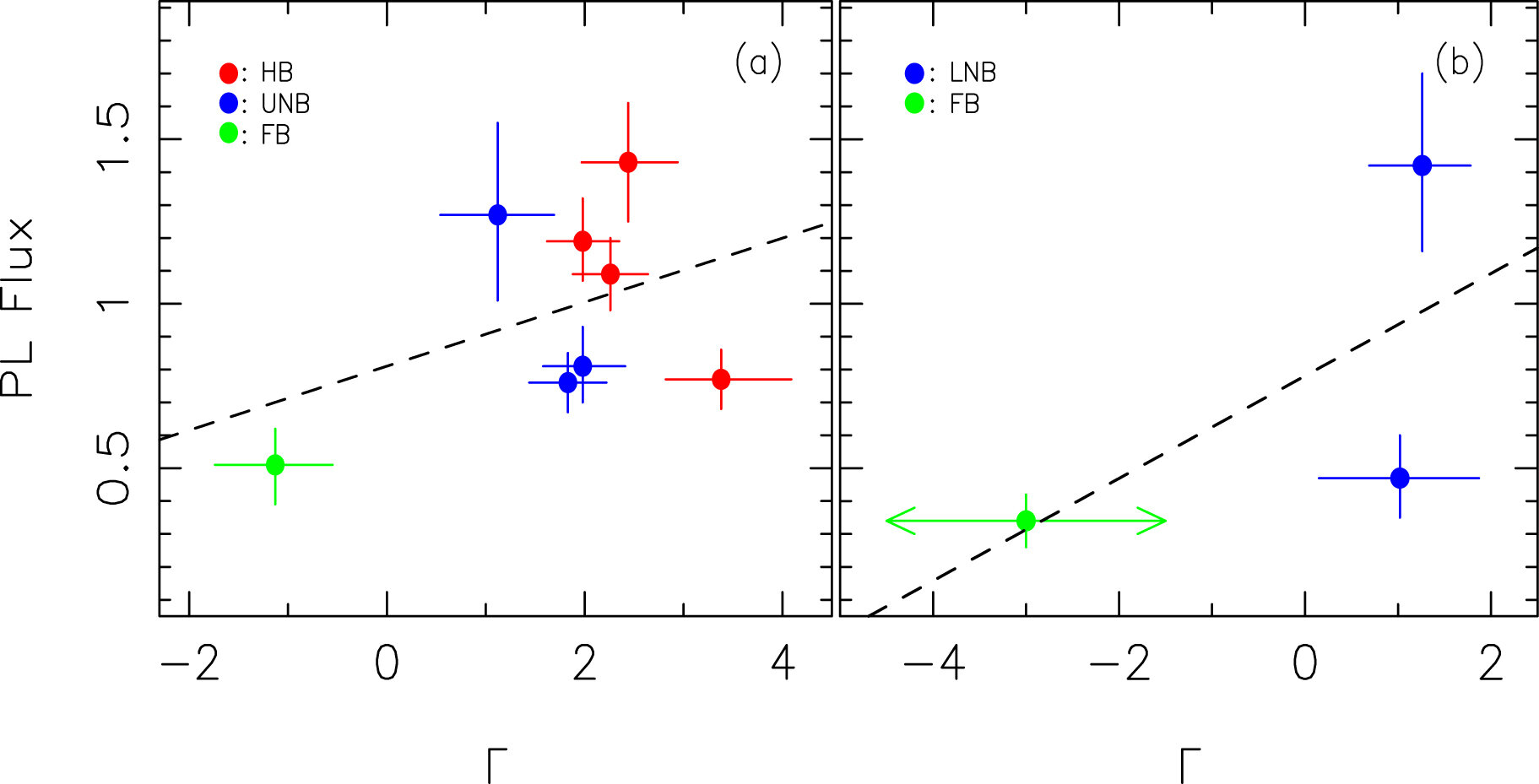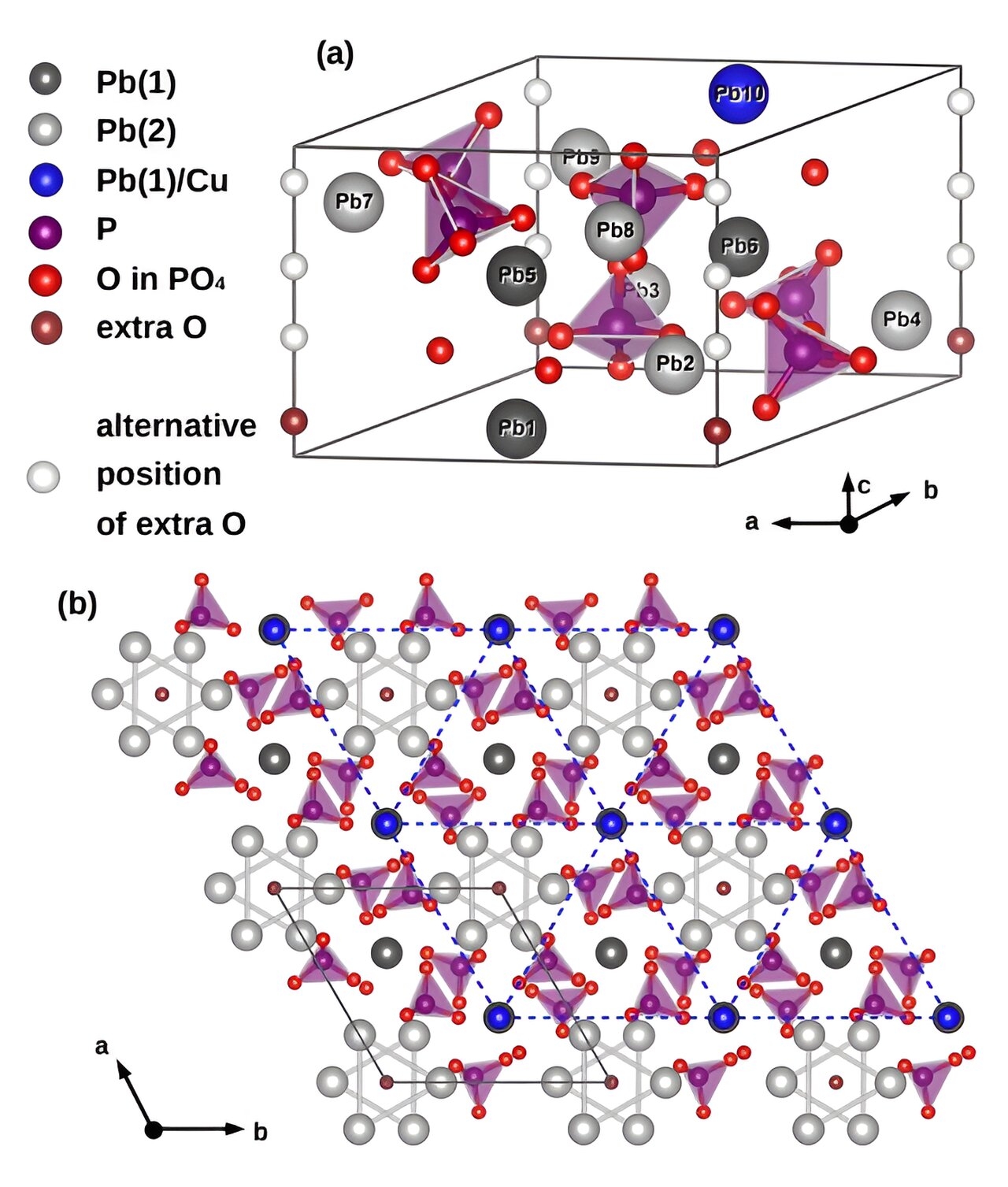Prepare to be amazed by the groundbreaking discoveries made by Dr. Ding Guoqiang and his team at the Xinjiang Astronomical Observatory of the Chinese Academy of Sciences! Using the incredible observational data from China’s first X-ray astronomical satellite, the Hard X-ray Modulation Telescope (HXMT), they delved into the mysterious world of neutron star low-mass X-ray binaries (NS-LMXBs) and uncovered some mind-boggling findings. Their groundbreaking research was recently published in The Astrophysical Journal on June 12.
Over the past few decades, X-ray astronomical satellites have rarely detected the elusive hard X-ray tail above 30 keV in Z sources, which are a type of NS-LMXB. However, thanks to the impressive capabilities of HXMT, with its high-energy detector boasting an effective area of up to 5,000 cm2, the team had the perfect tool to study these enigmatic Z sources and their hard X-ray tails.
The researchers meticulously analyzed and fitted the high-energy spectra of Scorpius X-1, a prominent Z source, in the 30–200 keV range using HXMT’s data. To their astonishment, they discovered a power-law component in the high-energy spectra during eight separate observations.
The results were truly fascinating. The power-law component, known as the hard X-ray tail, exhibited a remarkable transformation along the hardness-intensity diagram as Sco X-1 evolved. Through comprehensive analysis of the broadband spectra (2–200 keV), the team proposed that the hard X-ray tail of Sco X-1 could be the result of up-scattering Comptonization. This process involves the X-ray photons emitted from the surface of the neutron star being scattered by thermal electrons in the region between the neutron star and the accretion disk, as well as energetic electrons in free-fall towards the neutron star in the converging flow onto it.
“Our study presents an alternative mechanism for the production of hard X-ray tails in NS-LMXBs,” explained Dr. Ding, the lead researcher behind this groundbreaking study.








